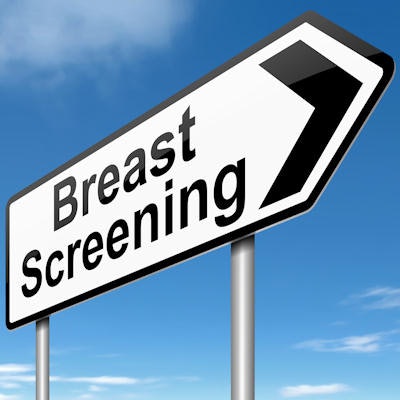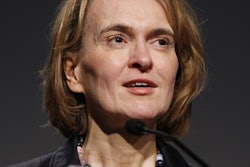
How many mammograms should a radiologist be reading each year to achieve maximum performance? Researchers from Norway found that an annual screening mammography exam volume of between 4,000 and 10,000 is the best range, according to a study published online on 28 May.
The findings, posted by Radiology, shed light on a question that has not been thoroughly explored, wrote a team led by Dr. Solveig Roth Hoff of ålesund Hospital, Møre og Romsdal Hospital Trust, in Norway.
"Several European screening mammography programs that use independent double reading with consensus recommend an annual minimum reading volume of 5,000 mammograms per radiologist to ensure high reading performance," they noted. "However, this recommendation is based only on expert opinion, and, to our knowledge, the influence of reading volume on performance in a screening setting ... has not been examined."
Improved performance
Hoff and colleagues sought to rectify this by investigating the influence of reading volume on radiologists' performance in BreastScreen Norway, Norway's breast cancer screening program. The program invites women ages 50 to 69 to biennial screening and is conducted at 16 breast centers; exams are double read, and those with a positive result by one or both radiologists are discussed in a consensus meeting. Screening exam results are stored in a national database.
The study included data from between 2006 and 2016 and consisted of 2.3 million exams read by 121 radiologists. Of the total number of exams, 6,634 had cancer. The researchers calculated how sensitivity, rate of screening-detected breast cancer, and false-positive rate before and after consensus meetings related to annual and cumulative reading volume (i.e., the total number of exams a radiologist had read in the BreastScreen Norway program).
The group found that a median annual reading volume per radiologist of 4,492 exams (range, 153 to 19,500) and a median cumulative reading volume of 30,566 studies. It also found a statistically significant increase in sensitivity over the range from 100 to 10,000 annual readings, although actual numeric differences were small.
The cancer detection rate was stable between 100 and 10,000 annual readings, but as annual volumes increased, it decreased; the false-positive rate decreased with increasing volumes both before and after consensus meetings, the group wrote.
| Annual reading volume metrics for BreastScreen Norway | ||||
| Performance measure | 100 annual readings |
4,000 annual readings |
10,000 annual readings |
18,000 annual readings |
| Annual reading volume | ||||
| Sensitivity | 87% | 89% | 90% | -- |
| Cancer detection rate (per 1,000 exams) | 4.9 | -- | 4.7 | 3.9 |
| False-positive rate | ||||
| Before consensus | 5.3% | 4% | 3.6% | 3.8% |
| After consensus | 2.5% | 2.3% | 2.2% | 1.9% |
The researchers found similarly improved outcomes for cumulative readings as volume increased, although there was a decreasing trend in sensitivity with higher volumes.
| Cumulative reading volume metrics for BreastScreen Norway | ||||
| Performance measure | 500 cumulative readings | 20,000 cumulative readings |
100,000 cumulative readings |
180,000 cumulative readings |
| Cumulative reading volume | ||||
| Sensitivity | 89% | 89% | 88% | 85% |
| Cancer detection rate (per 1,000 exams) | 4.8 | -- | 4.9 | 5.5 |
| False-positive rate | ||||
| Before consensus | 6.7% | 3.6% | 3.2% | 2.3% |
| After consensus | 2.7% | 2.23% | 2.2% | 2.4% |
Finally, Hoff and colleagues noted that the consensus process is a key part of reducing the false-positive rate.
"Our study also indicates that dismissing examinations at consensus makes it possible to achieve a lower false-positive rate in screening programs that use independent double reading with consensus reading, even if the individual radiologist's false-positive rate before consensus meeting is high," they wrote.
Volume matters
The study does have some limitations, the group conceded: It did not take radiologist characteristics such as age, training, and breast imaging experience into account because these factors have not been typically collected by BreastScreen Norway. But only radiologists with subspecialty training can participate in the program, the team noted, and most of these are experienced in diagnostic breast imaging.
In any case, the data suggest that there's an optimal mammography reading volume range for radiologist reader performance, according to Hoff's group.
"The most optimal performance among radiologists interpreting digital screening mammograms can be achieved with annual reading volumes of 4,000 to 10,000 mammograms and with cumulative reading volumes of at least 20,000 mammograms," the authors wrote.
They think this is the first study analyzing the influence of reading volume on reading performance in a screening program that uses independent double reading of digital mammograms with consensus. They hope their findings will be valuable for establishing evidence-based guidelines on optimal reading volume in such programs.



















